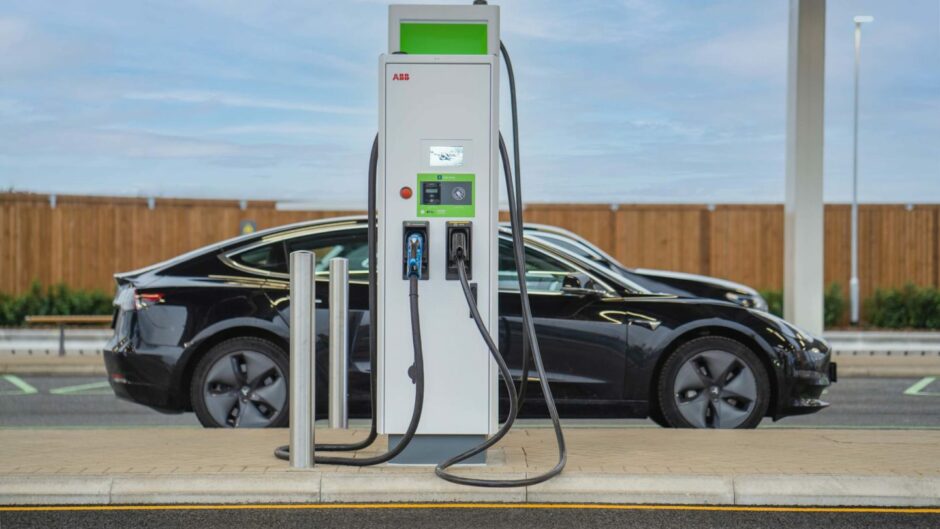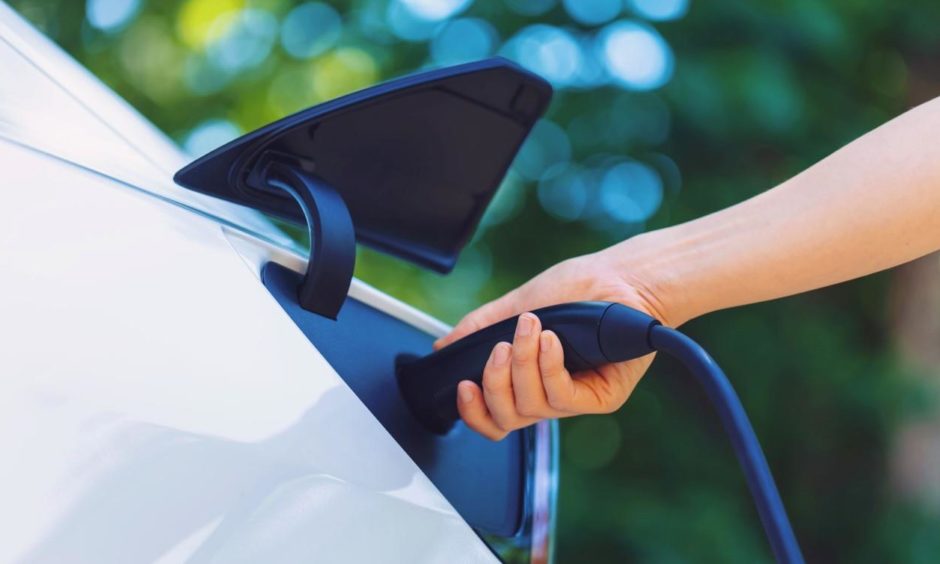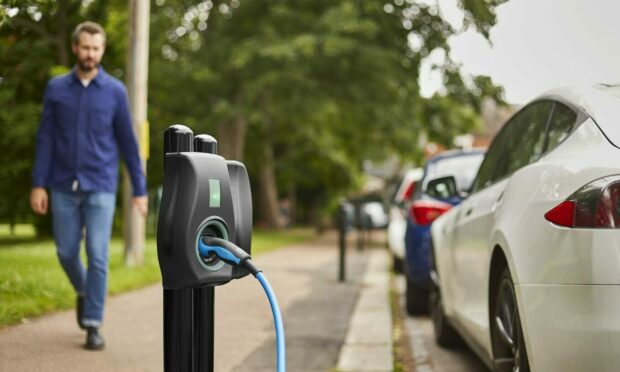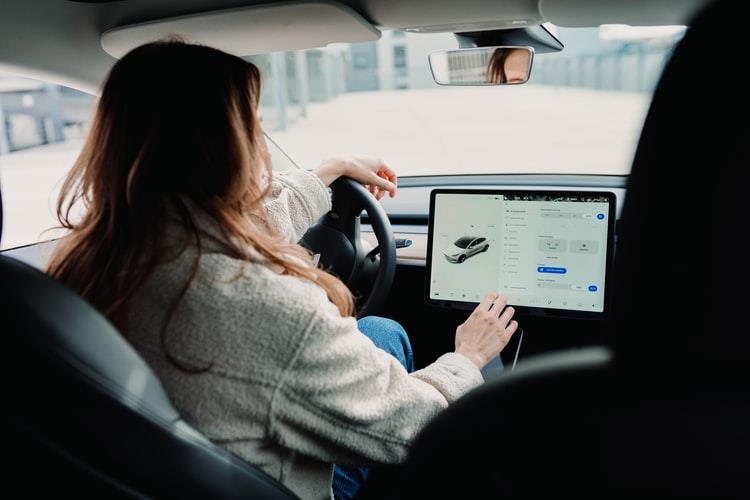The recent government announcement of plans to boost UK-wide EV charging points to 300,000 by 2030 have been broadly welcomed as a crucial step towards becoming net zero.
However, questions have been raised over the lack of detail around the exact location of the charging points, and how far councils will be involved in the planning of the rollout at local level.

The government plan includes a £500m scheme with £450m being dedicated to boost public charging, aimed at those who do not have the facilities to support an EV charger.
However, experts say that with a third of the 30,000 already available chargers in London alone, planning for EV infrastructure needs to be examined across the country including location, contactless payments and wireless capabilities.
LEZs and fuel costs turning drivers off petrol and diesel cars
RAC’s head of policy Nicholas Lyes said: “It’s pleasing that the Government recognises the value of mandating contactless payment and will also set ambitious reliability targets on the chargepoints themselves.
But he added: “Many current and would-be EV drivers worry that charging units will be out of order when they arrive to charge their vehicles so it is vitally important this is addressed.”
Location of EV chargers
John Gravett, head of infrastructure at Cluttons property consultants, said that steps must also be taken to ensure the locations of chargers are – strategically – the best possible.
He said: “If we are to get the projected five million EVs on the road by 2030, we will need even more charging points and a UK wide rollout plan to ensure the locations are strategically the best possible.
Areas lacking EV infrastructure would need to be considered and made a priority in relation to the demand
“There have been questions and concerns over locations of these public charging ports and whether areas in the UK will be left out in this rollout.
“Currently, there is a lack of consumer confidence in switching their vehicles to EV solely, with many who have taken the plunge doing so with their second car, rather than their main.”
North South divide

He added: “Back in November 2021, the government announced that new builds, including supermarkets, workplaces and buildings undergoing major renovations, would now be required to have charging ports for EVs.
“Yet, there was no acknowledgement over the north south divide when it comes to public charging ports.
“Areas lacking EV infrastructure would need to be considered and made a priority in relation to the demand.
“Furthermore, the network of points will also require superlative connectivity for drivers to feel confident in long journeys to find and book while en route.”
Council involvement in EV rollout
The discussion over local electrical grid capacity and connectivity in relation to EV charging has been another hot topic, and is regarded as essential in terms of the rollout.
A tentative step towards the UK’s net zero commitment
Mr Gravett said: “Councils need to ensure that electrical grids can cope and supply the demand of the additional charging ports, and that connectivity facilitates individuals to seek charging ports and availability, rather than wasting time, energy, and electricity.
“It’s important that the 300,000 charging points are not just counted but every thought is given to their location, their champions/support, and the relative connectivity speeds.”
Supporting EV drivers
Mr Gravett added that collaboration with local authorities to improve connectivity would make a significant impact.
“It will allow for more locations for the charging ports to be made widely available across the country, making targets far more achievable over the next few years.
“The announcement is a tentative step towards the UK’s net zero commitment but there are plenty more steps to be taken – and fast – to ensure a practical plan for the facilitation of country wide, confident, and supported EV drivers.”













Conversation